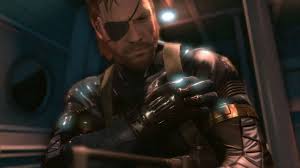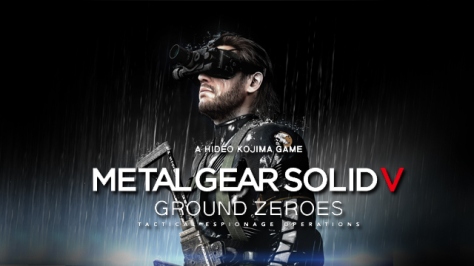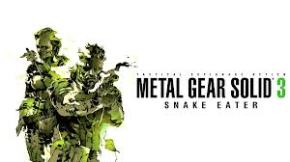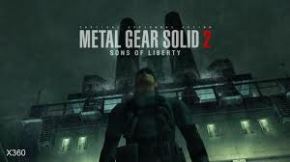Have you ever heard of the Geneva Conventions? According to the Peace Pledge Union Project website, the conventions are rules and guidelines governing medical and humane treatment of soldiers during battle. Looking specifically at the third convention, relating to how prisoners of war should be treated, one would think that war could be painted with a decent color. But think about it: if you’re in a war, and you capture someone ripe with information and value, would you really treat them decently to get what you need? Do those laws, made by men a long time ago and far away, really matter in the face of what you feel needs to be done? A player can answer that question for themselves after playing Metal Gear Solid V: Ground Zeroes. Hideo Kojima takes a dark turn down the road of the non-fighting side of war in his prologue to the next great tale of Big Boss. (Don’t read any further if you want to avoid spoilers, please.)
In Ground Zeroes, the player picks up where we last left Big Boss, dealing with the repercussions of starting his own militarized state and having a spy within his midst. After receiving intel that this spy, Paz, has turned up alive in an American-owned top secret site in Cuba, Big Boss goes in to retrieve her, with the hope of gaining knowledge on the doings of the mysterious Cipher, who MGS fans know to be a familiar character. What Big Boss finds in this camp is the harsh mistreatment, torture and emotional damage of prisoners both known and unknown, and the game serves as a fitting prologue to what could be Kojima’s best work yet.
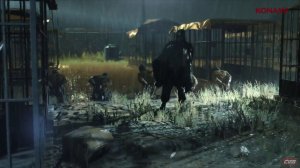 Taking a walk through the camp, the player finds all sorts of disturbing things. First, the whole base is not officially owned by Cuba nor America, so the soldiers only follow orders from whoever is talking in the camp, so it seems. The view of the prisoners are much worse. Men in cages like dogs, sitting in the pouring rain with black bags over their heads. A boy lies in the mud, steel bolts driven through his Achilles heels to prevent him from walking. Prisoners crying, begging to be taken away or killed. That’s just what we see. Audio tapes picked up during the campaign tell even worse stories of rape and torture, rare territory that few games step foot in. In such a small map, so many dishonorable things happen that can disturb a tenured soul.
Taking a walk through the camp, the player finds all sorts of disturbing things. First, the whole base is not officially owned by Cuba nor America, so the soldiers only follow orders from whoever is talking in the camp, so it seems. The view of the prisoners are much worse. Men in cages like dogs, sitting in the pouring rain with black bags over their heads. A boy lies in the mud, steel bolts driven through his Achilles heels to prevent him from walking. Prisoners crying, begging to be taken away or killed. That’s just what we see. Audio tapes picked up during the campaign tell even worse stories of rape and torture, rare territory that few games step foot in. In such a small map, so many dishonorable things happen that can disturb a tenured soul.
When it comes to prisoner camps in the real world, one of the well-known locations is the now ceased Guantanamo Bay. President Obama shut down the camp within his first term, and the news storm was strong and thorough. Many people wanted answers for how prisoners of the Iraq War were treated in the camp. One of the main concerns people had was that if prisoners were treated bad on American soil, how were they treated across the ocean, away from committees and prying eyes. Honestly, it’s pretty hard to know exactly what goes on during a 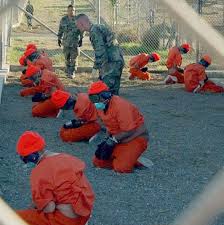 war, and we may never want to truly know. I think that the public can only take so much truth before it becomes too foggy to bear.
war, and we may never want to truly know. I think that the public can only take so much truth before it becomes too foggy to bear.
Kojima uses this game to set us up for what is proving to be a disturbing new chapter for Big Boss. His upcoming game, The Phantom Pain, is slated to show players about the losses war causes and the reconciliations and revenge soldiers face after battle. With Ground Zeroes, players see the action itself. It’s pretty gruesome, and makes one wonder what goes on behind the fences of camps around the world. It’s up to each person to decide on their own whether or not they need, or want, to know what’s really going on. Some people feel the public needs to know. Others feel like it’s not necessary for us to know everything. Think about what you want to know. Decide what’s best.

